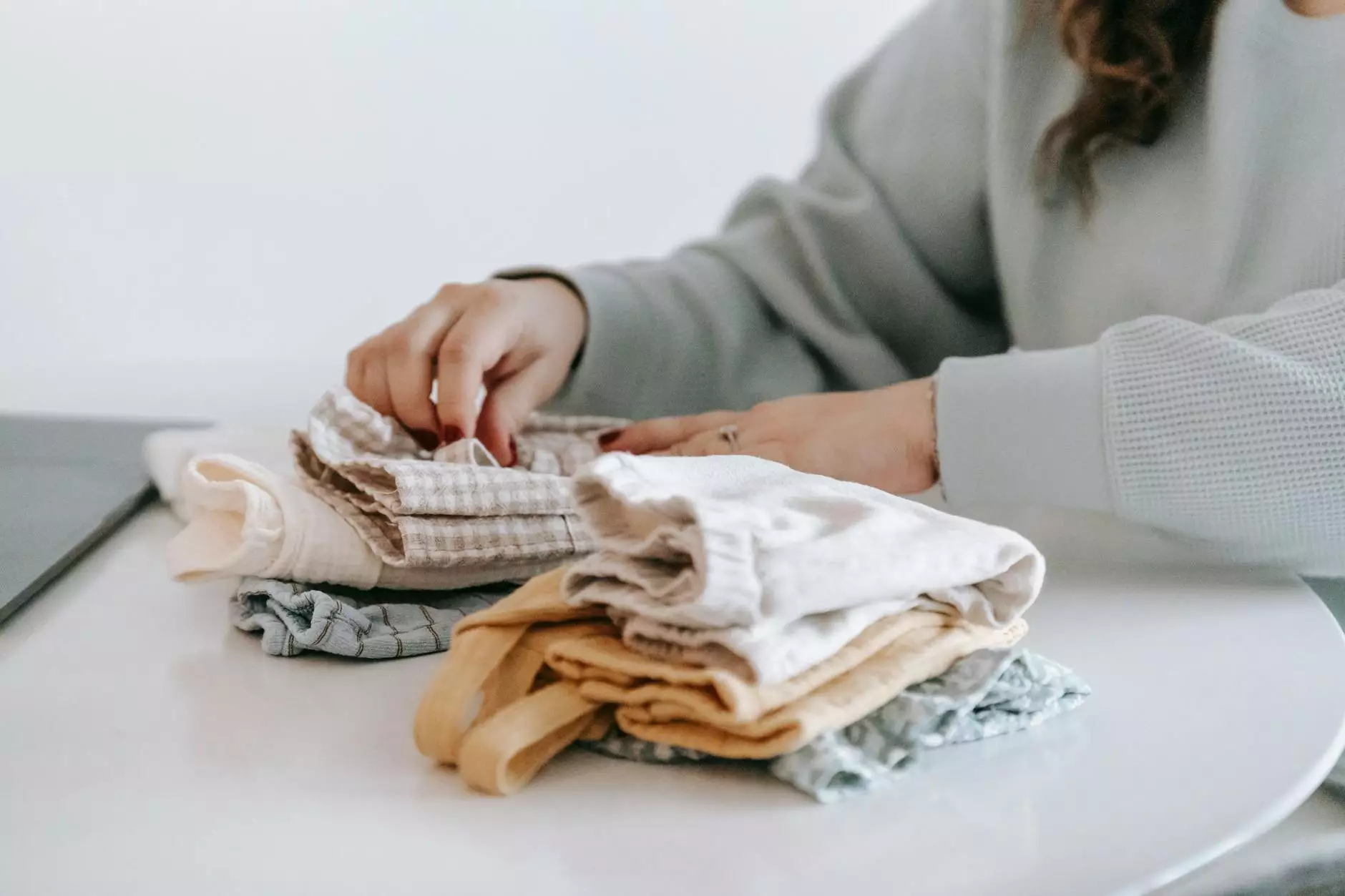How to Properly Prepare and Store Baby Formula
Health
Welcome to Muir Diablo Occupational Medicine's comprehensive guide on proper preparation and storage of baby formula. In this detailed article, we will provide you with essential information and tips to ensure your baby's health and safety when it comes to feeding them formula.
Why is Proper Preparation and Storage Important?
Properly preparing and storing baby formula is crucial to maintain your baby's health and prevent the risk of digestive problems and foodborne illnesses. Infants have delicate immune systems, and taking the necessary precautions can help reduce potential health risks.
Step by Step Guide to Properly Prepare Baby Formula
Step 1: Cleanliness is Key
Before you begin preparing baby formula, make sure to thoroughly wash your hands with soap and warm water. Additionally, ensure all utensils, bottles, and equipment used in the preparation are properly sterilized and clean.
Step 2: Read the Instructions
Each baby formula brand may have different preparation instructions. Always read the manufacturer's instructions on the packaging carefully to prepare the formula correctly.
Step 3: Measure the Water
Using clean and boiled water, carefully measure the required amount as indicated in the instructions. It is essential to follow the recommended water-to-powder ratio to ensure the proper concentration of nutrients.
Step 4: Add the Formula Powder
Add the recommended amount of formula powder to the measured water. Use the provided scoop or a designated measuring tool to achieve the right quantity. Avoid compressing the powder while measuring.
Step 5: Mixing the Formula
Secure the bottle tightly with a cap or nipple and gently shake it until the powder is fully dissolved. Vigorously shaking the bottle can introduce excess air bubbles, so a gentle and consistent shake is sufficient.
Step 6: Double Check the Temperature
Always check the temperature of the prepared formula before feeding your baby. It should be lukewarm, around body temperature, to avoid causing burns or discomfort.
Step 7: Feed Your Baby
Hold your baby in a comfortable feeding position and offer the prepared formula using a sterilized bottle and nipple. Pay attention to your baby's cues of hunger and satiety throughout the feeding process.
Best Practices for Storing Baby Formula
Refrigerating Prepared Formula
If you have prepared more formula than your baby consumes in one feeding, it is necessary to store it correctly to prevent bacterial growth. Follow these guidelines to refrigerate prepared formula:
- Transfer the prepared formula into clean, sterilized bottles with airtight seals.
- Label each bottle with the date and time of preparation.
- Place the bottle(s) in the refrigerator as soon as possible after preparation.
- Make sure the refrigerator temperature is set below 40°F (4°C).
- Use the refrigerated formula within 24 hours.
Freezing Prepared Formula
If you need to store prepared formula for an extended period, freezing can be an option:
- Pour the prepared formula into sterilized, freezer-safe containers.
- Label each container with the date and time of preparation.
- Place the containers in the freezer.
- Use the frozen formula within one month.
- Thaw the formula in the refrigerator or under warm running water before use.
Disposing of Unused Formula
If there is any unused formula leftover after feeding or storage, discard it. Do not reuse or reheat formula that has already been prepared or partially consumed, as it may become contaminated and unsafe for your baby's consumption.
Conclusion
Properly preparing and storing baby formula is a vital aspect of providing nutrition to your little one. By following the steps outlined in this guide, you can ensure your baby's health and safety. Remember, always read the manufacturer's instructions carefully and pay attention to cleanliness and hygiene throughout the process. Muir Diablo Occupational Medicine is dedicated to providing comprehensive guidelines and tips to help you navigate the various aspects of your baby's health.




